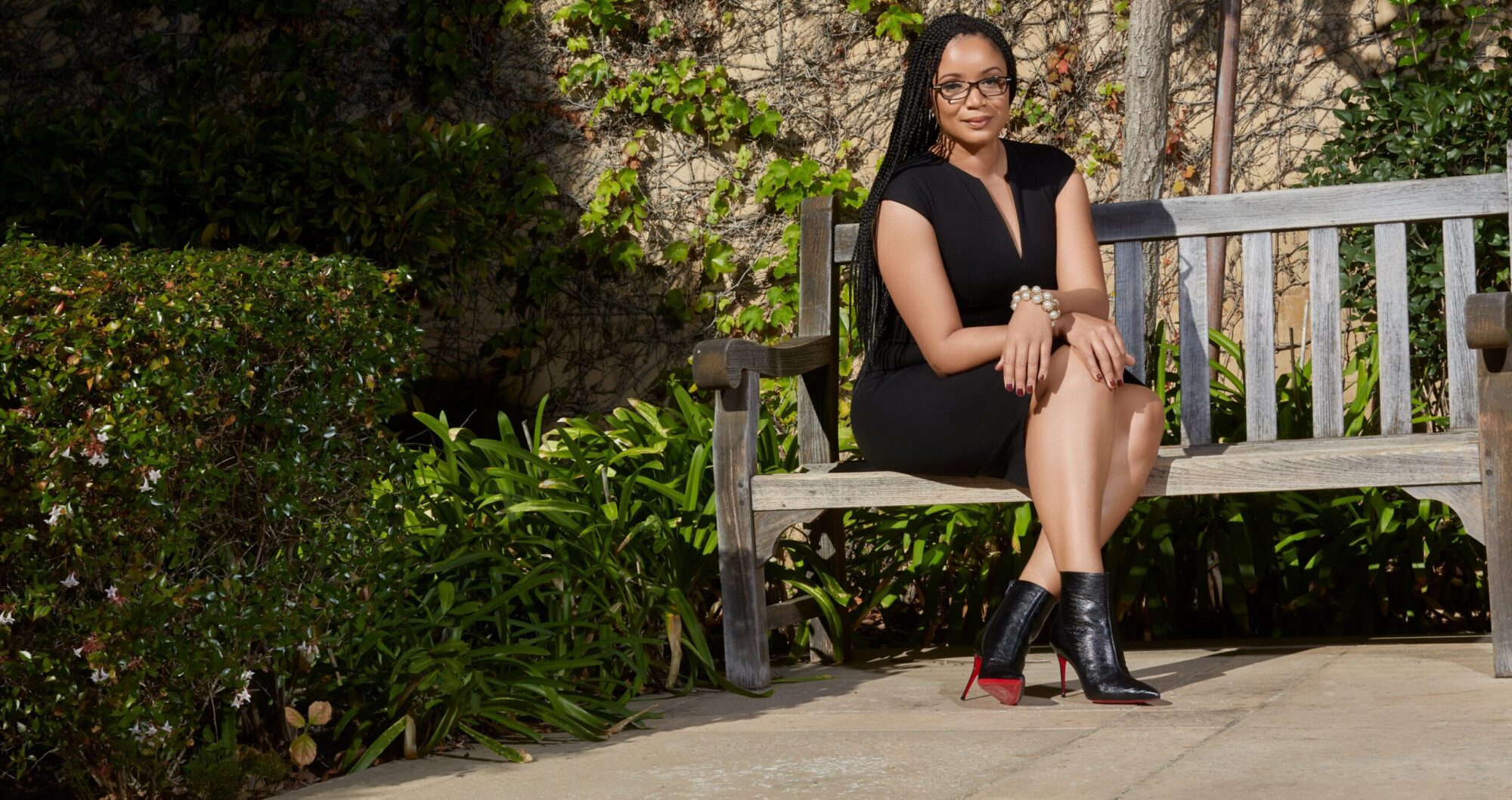By Dr. Jalin B. Johnson
National Center for Institutional Diversity – Spark series
As a mother raising a Black man in the United States, I frequently have discussions with our son about safety during police interactions, situational awareness, perceived behaviors, and implicit bias. While these conversations are meant to keep him aware of the reality he will face in life as a person of color, I strive to also encourage his self-efficacy, (confidence in the ability to have control over our own behaviors and social environment (Bandura, 1977), as he matures.
Like other parents to children of color, I know the emotional tax and ongoing concern from having conversations with our children that are intended to prepare them for a world that will judge them prematurely, and diminish the confidence they need to succeed as adults.
Critical Race Parenting says “parenting happens amidst contemporary societal contexts rife with unpunished police violence against Black and Brown youth, all occurring amidst contentions that we now live in a post-racial U.S. society” (Bonilla-Silva, 2006; Carter-Andrews & Truitt, 2013). The conversations we have with our son, about police involved shootings, implicit bias & self-efficacy, mirror what Critical Race Parenting outlines. Our discussions provide an example of how “communities of color have long recognized the need for instilling in our children a critical understanding of institutional racism, as well as the strategies and identities essential to collective and individual health, safety, and endurance” (DePouw & Matias, 2016).
When we talk with our son, we touch on the statistics of police-involved shootings. To date, the Washington Post has documented over 780 people shot and killed by police this year, with a majority (530), identified as Black, Hispanic, and otherwise non-white. The New York Civil Liberties Union (NYCLU) reported that “between 2014 and 2017, young Black and Latino males between 14 and 24 years-old account for only five percent of the city’s population, compared with 38 percent of reported stops. Young Black and Latino men were innocent 80 percent of the time.”
To add, the NYCLU found that the New York Police Department used force on over 21,000 Black and Latino people and over 2,200 white people. Subsequently, even among those stopped, Black and Latino people were more likely to have force used against them than white people (NYCLU, 2014). The American Civil Liberties Union Illinois 2015 Stop and Frisk report states: “[The stop and frisk] procedure is often invasive, humiliating and disturbing.” The deaths of Black and Latino men and women at the hands of police officers demonstrate that this and similar encounters with law enforcement, have proven to be more than “invasive, humiliating and disturbing,” they are too often, fatal.
Being aware of the statistics that document these realties also requires parents to pay attention to media reporting that covers police involved shootings. When Philando Castile and Walter Scott were killed by police during traffic stops, our discussion with our son about how to behave as a driver or passenger of a car in these situations intensified. Similarly, when Atatiana Jefferson and Botham Jean were murdered in their own homes by police officers in Texas, we revisited discussions about implicit bias, which describes how unconscious actions and decisions are influenced by stereotypes and attitudes.

I learned not long ago that our son is beginning to better understand this reality. He shared an experience he had at the home of family friends. During a conversation with the friend’s father, a law enforcement officer, like most of the other guests in attendance, he told our son he considered him to be a positive influence on his own son and their friends.
During this interaction, our son was mindful of fatal encounters between Black men and women and police officers in this country and our many conversations about being respectful towards his elders, while maintaining his behavior, in a way he thought was ‘right.’
Although emotionally taxing, as parents raising children of color, it is critical that we continue to have conversations with our children that prepare them for a world that will judge them prematurely. We must have these imperative discussions while still encouraging their confidence as they mature to become the people they wish to be.
